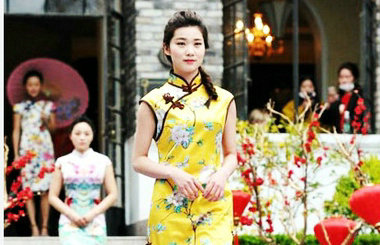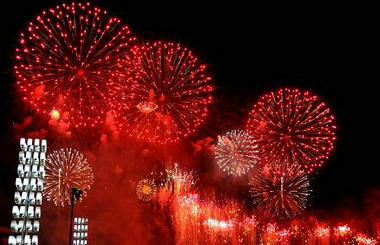Palace Museum sees souvenir sales boom
By Wang Kaihao ( China Daily ) Updated: 2016-03-18 07:48:10
Beijing's Palace Museum, also known as the Forbidden City, announced on Wednesday that its sales of souvenirs in 2015 surpassed 1 billion yuan ($154 million).
The number was released by museum director Shan Jixiang during his presentation in Hong Kong. According to Shan, the museum has developed 6,754 kinds of cultural souvenir.
"We have to know what people really need in terms of cultural consumption before we design these products," Shan said.
"And museums can find resources from their collections to express their own culture."
The Forbidden City, the world's biggest palace complex, was China's royal palace from 1420 to the end of the monarchy in early 1912.
The museum opened a shop on commerce website taobao.com in 2008, but its sales remained lukewarm for years until 2014 when myriad eye-catching products caught the public's attention.
Products like animated emperor figurines and earphones in the shape of pearl necklaces that high-ranking officials wore became best-sellers.
In 2013, the museum began to promote the products with historical stories on the WeChat social networking app. Shan said new media is a key channel for museums to get closer to people's daily lives.
"In the past, most products we sold were replicas of cultural relics," the director said. "But they can be of good taste and interesting at the same time."
During Shan's visit to Hong Kong, an anonymous businessman filled the 80 million yuan ($12.3 million) shortfall in the museum's renovation project for the Hall of Mental Cultivation, the residence of eight emperors, Hong Kong-based newspaper Ming Pao reported.
The project, which is scheduled to wind up in 2020, will cost 220 million yuan and has attracted 140 million yuan in donations from several tycoons.
"No matter how the Palace Museum develops, it will continue to be a museum rather than a commercial institution," Shan said.
|
|
|
|
|
|
|
|
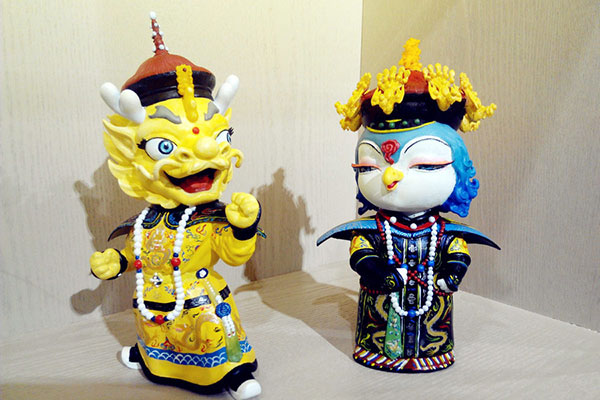

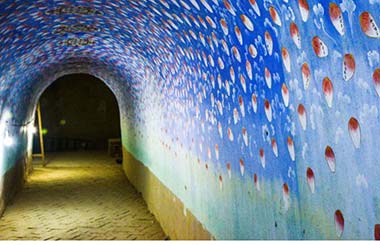
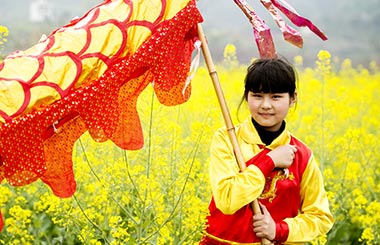
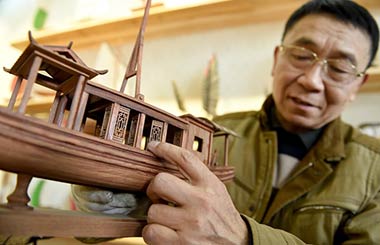
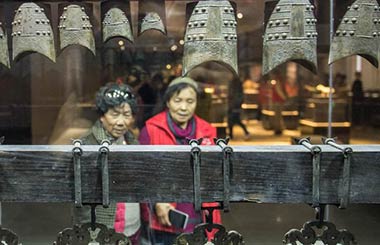
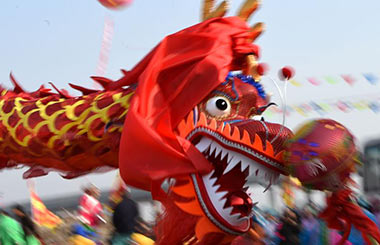
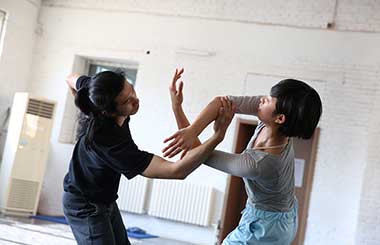
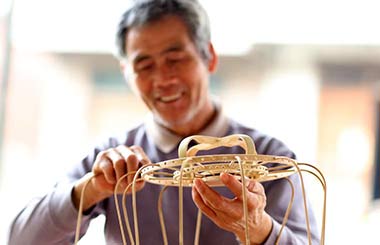


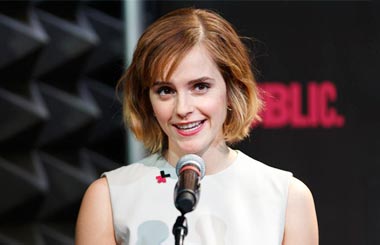


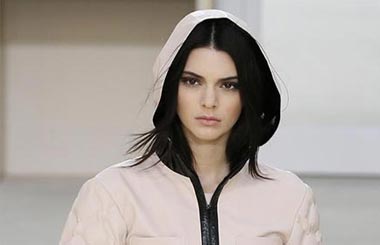
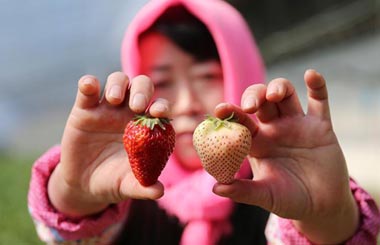
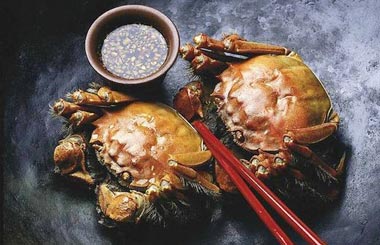
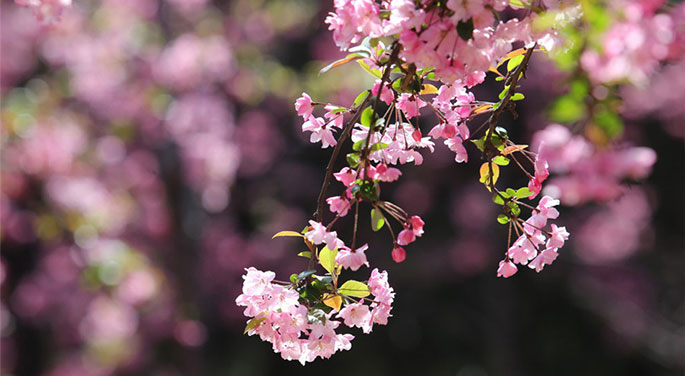

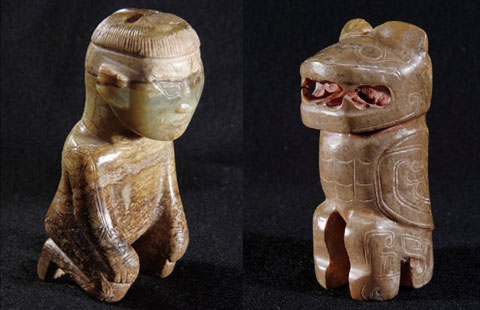


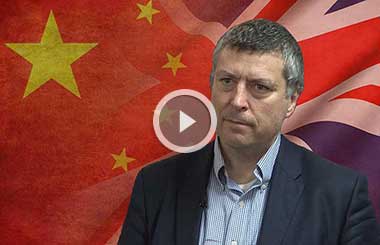
 Raymond Zhou:
Raymond Zhou: Pauline D Loh:
Pauline D Loh: Hot Pot
Hot Pot Eco China
Eco China China Dream
China Dream China Face
China Face


